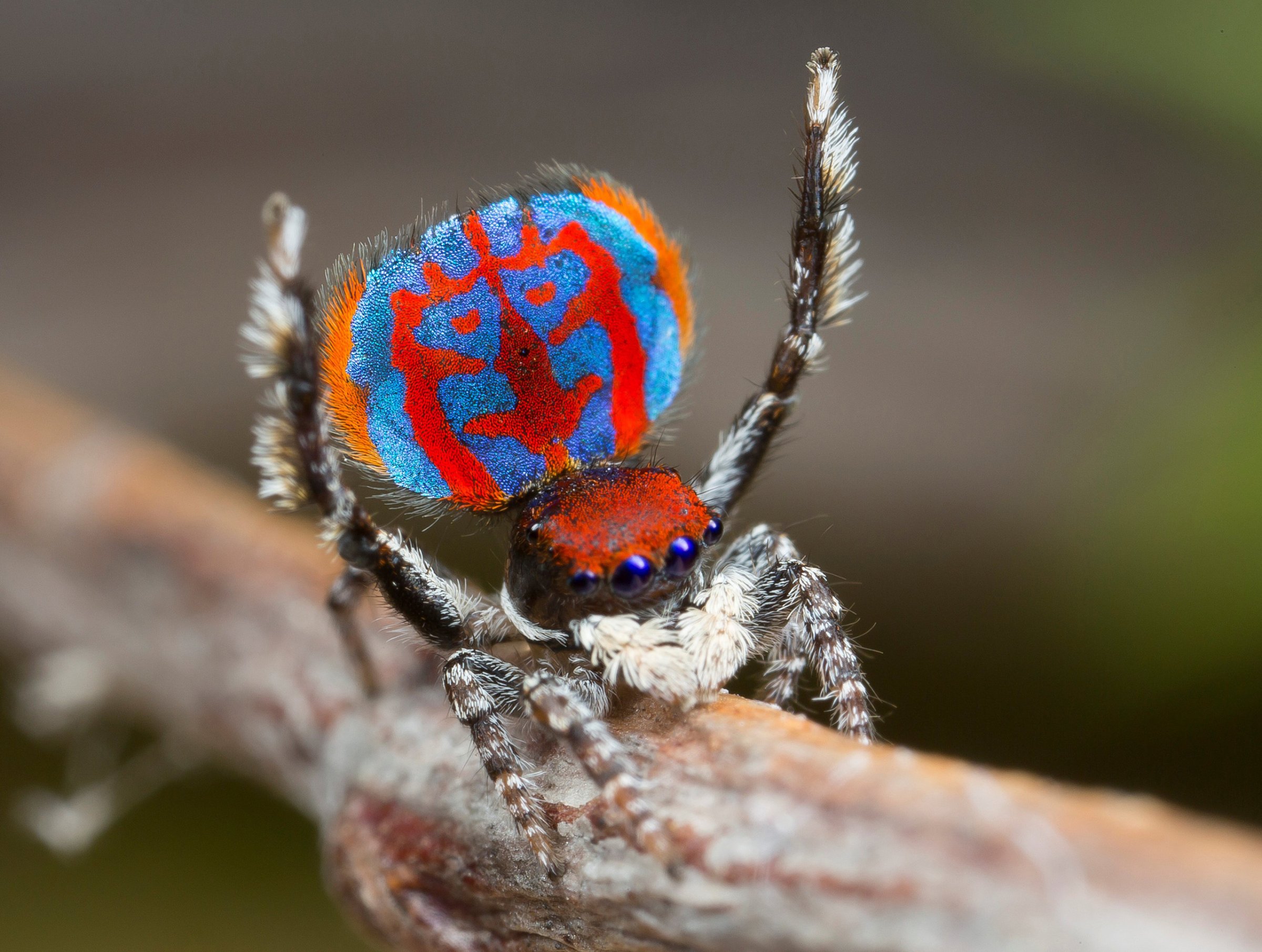
Seven new species of peacock spider from the southern coast of Western and South Australia were discovered and named last month, bringing the total number of species discovered up to 48.
Authors, Jürgen Otto, who photographed them, and David Hill, the editor in chief of the journal Peckhamia, have been identifying and naming new spider species since 2005. Thanks to their efforts, there are now 48 species of peacock spider known to science — including the seven new species that were revealed in May’s edition of the journal.
Maratus, or peacock spiders, are a teeny-tiny spider genus in the jumping spider family, endemic to Australia. A full sized peacock spider might only reach about 5mm in body length. Their name refers to the colorful flaps they display during courtship, which has led Jürgen to compare them to birds of paradise, albeit on a miniature scale.
Due, perhaps, to their minuscule size, the spiders were mostly ignored by humans until Jürgen started photographing and filming them. In 2008, he filmed the courtship behavior of one of the little critters. It was the first footage ever of this behavior and the video blew up on YouTube. Today it has close to 2 million views. It even caught the attention of famous British naturalist, David Attenborough, who included footage of the spiders in his documentary series, Life.
The new species include Maratus vespa, M. albus, M. bubo, M. lobatus, M. tessellatus, and M. vultus. In addition, a previously photographed species was given an official name: M. australis.
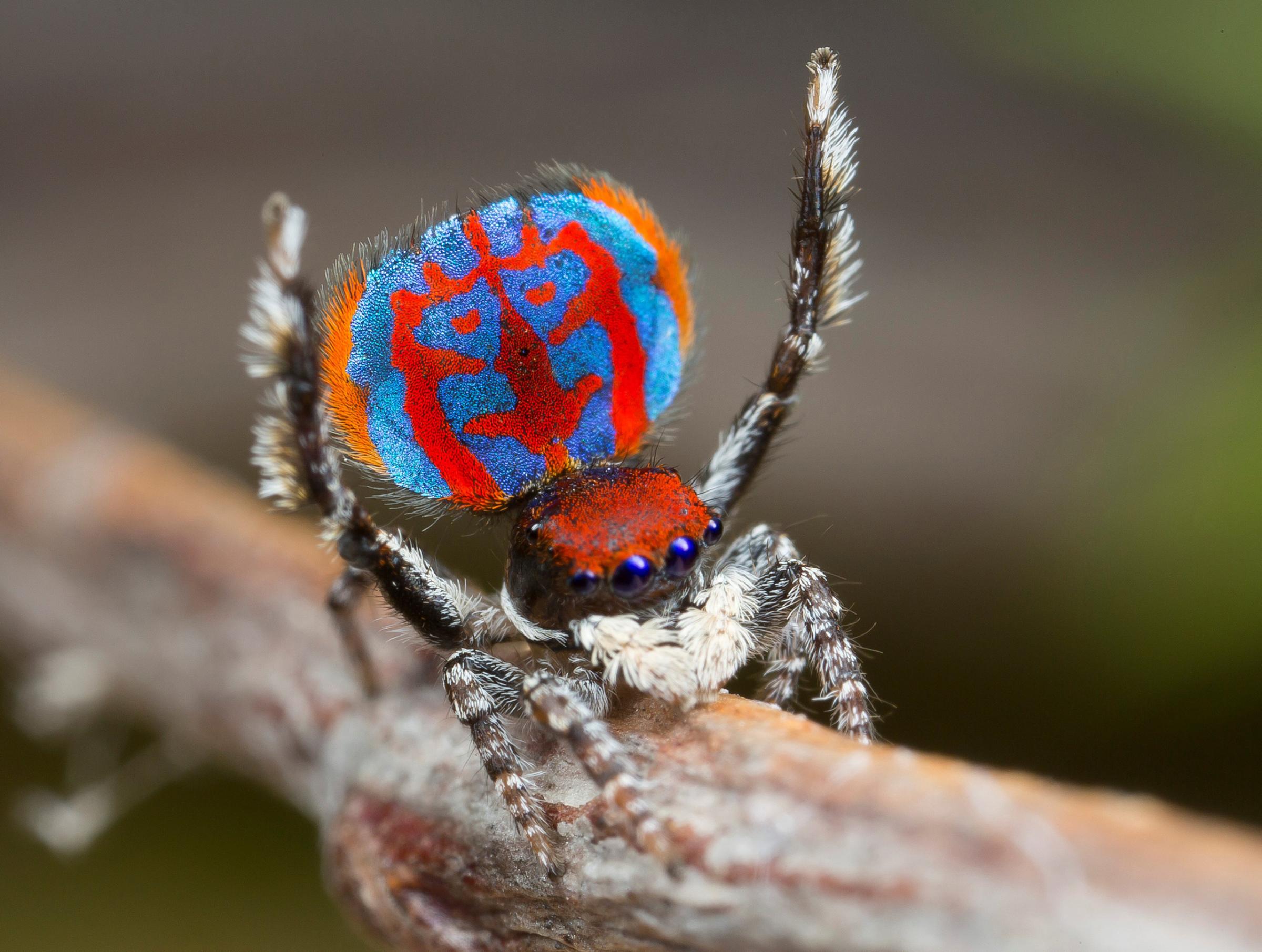
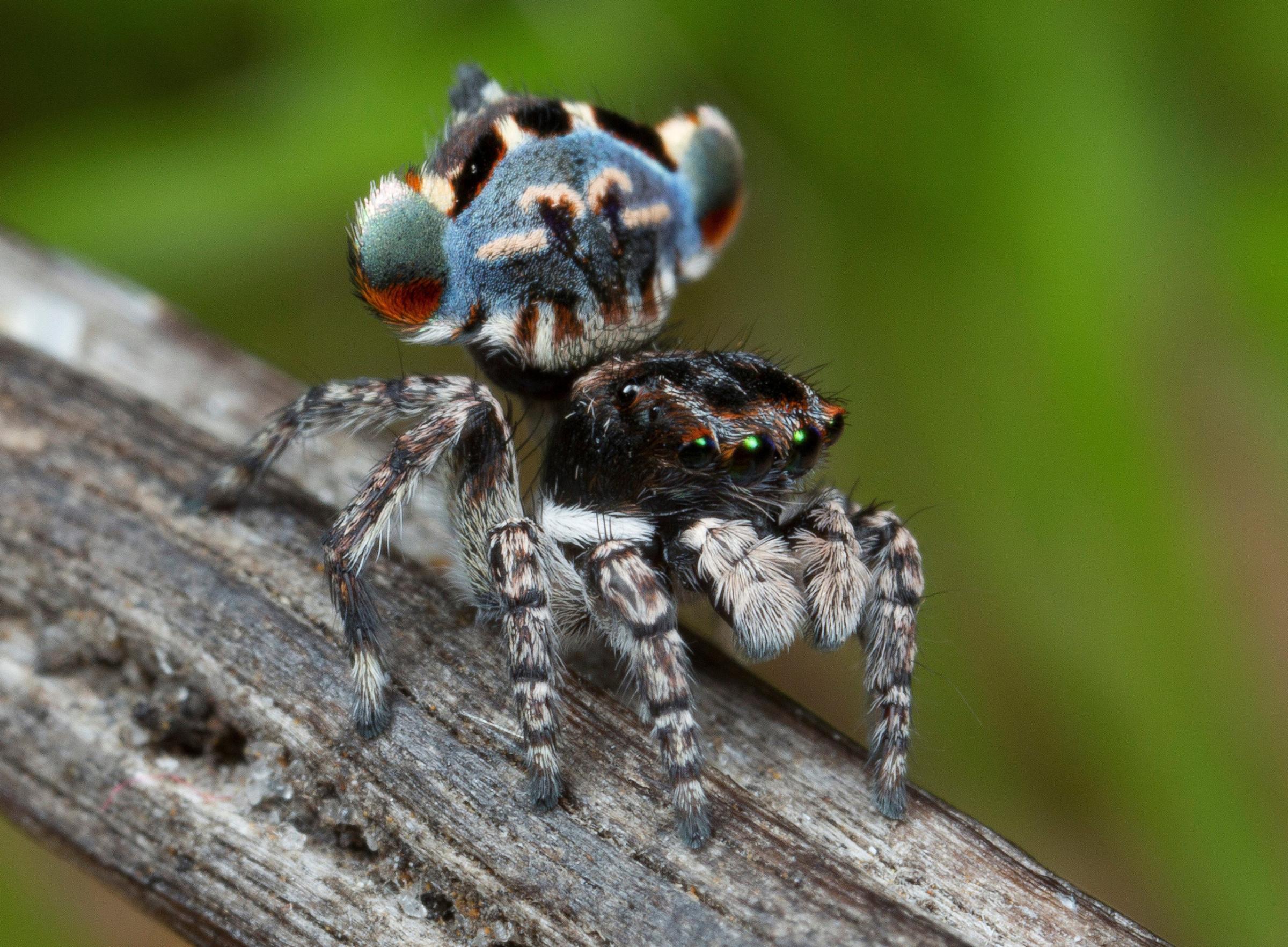
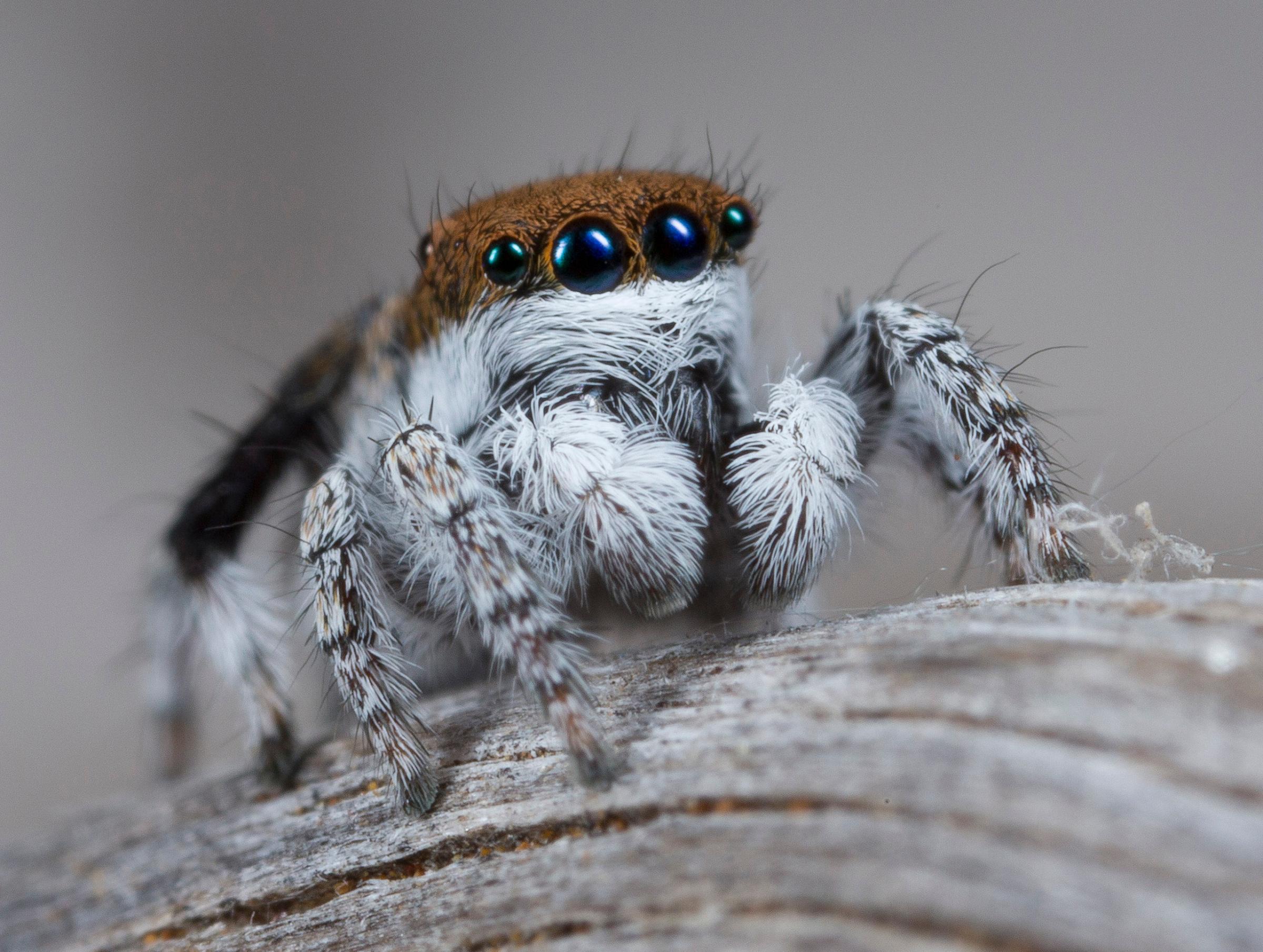

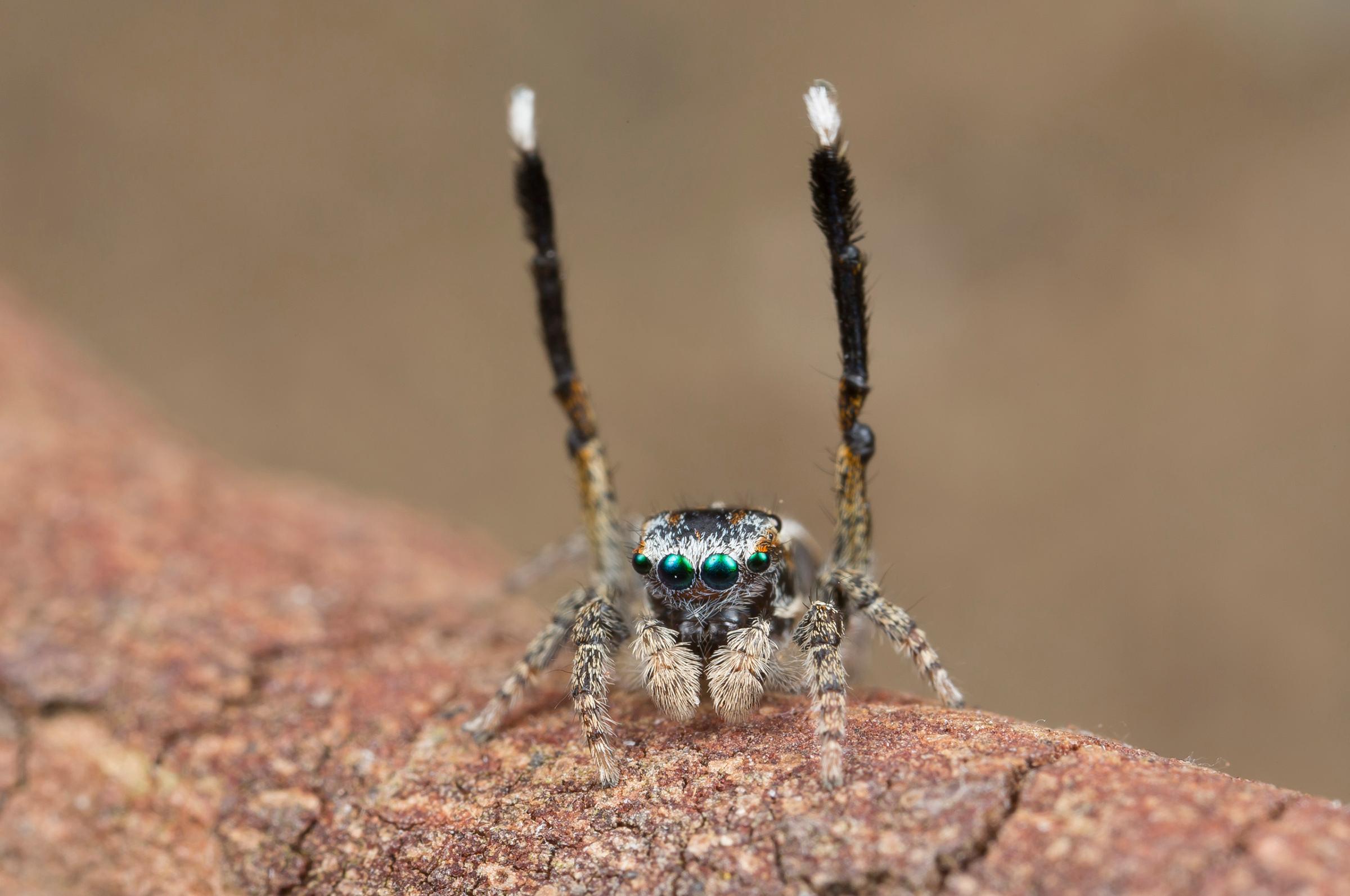
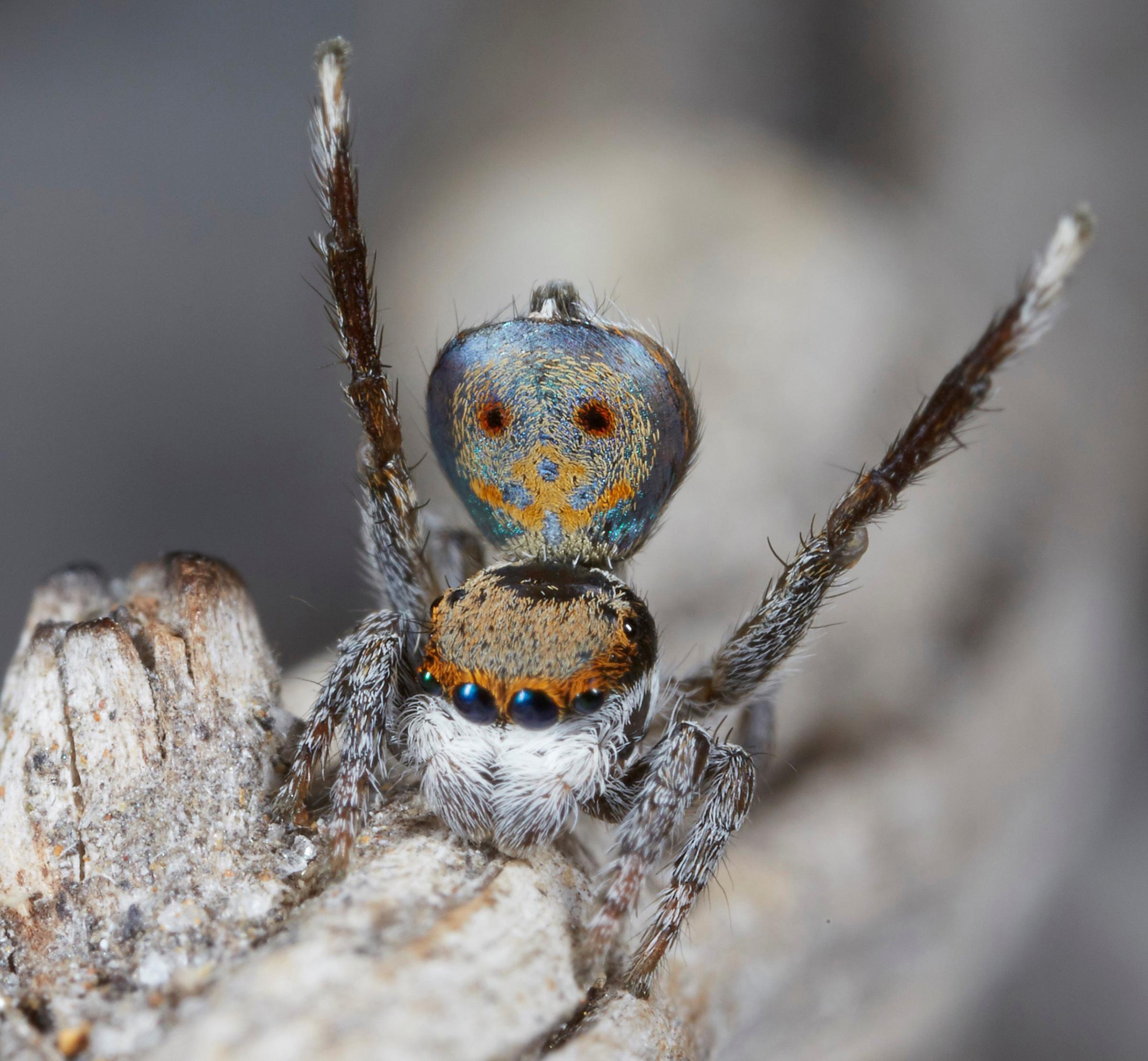
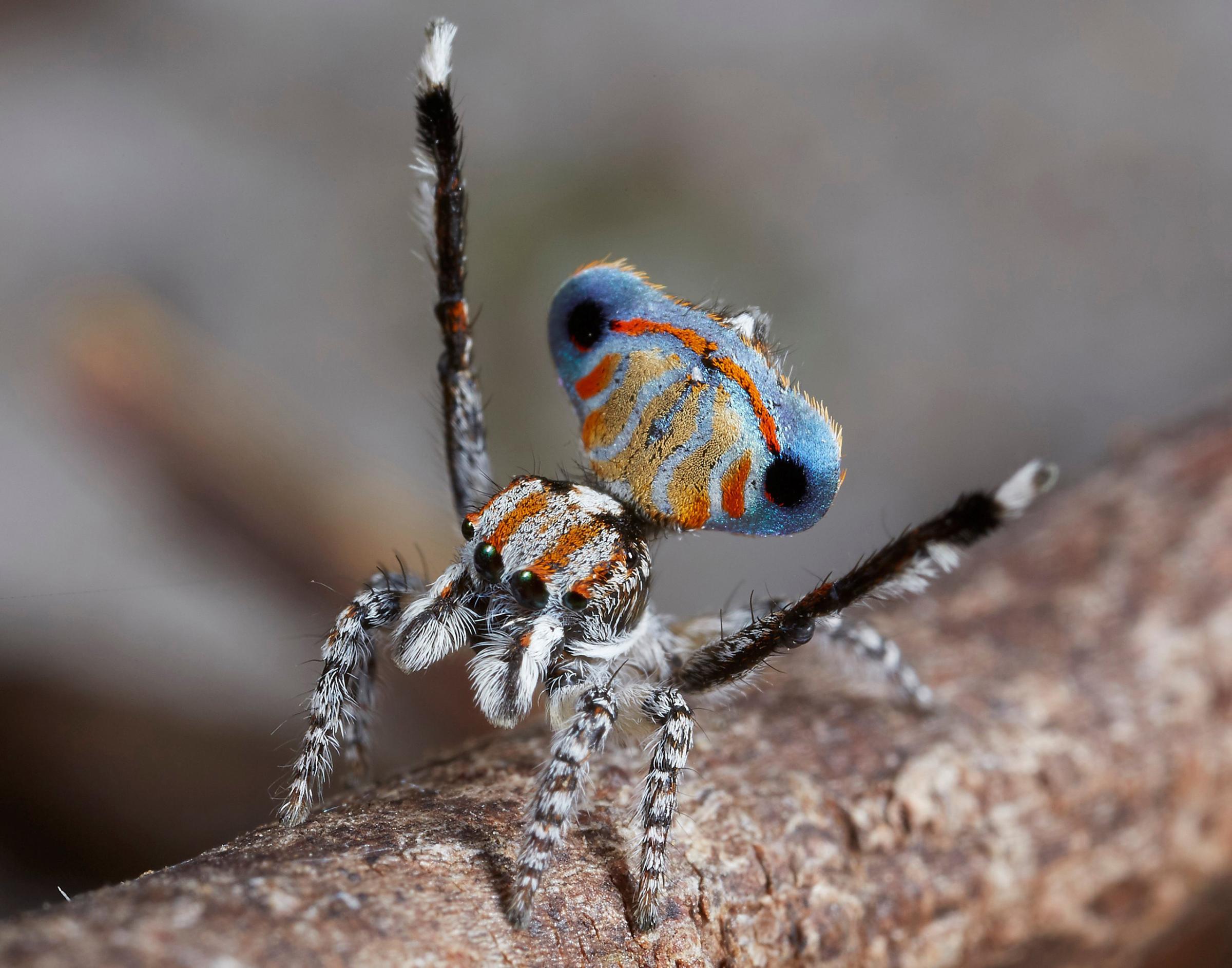
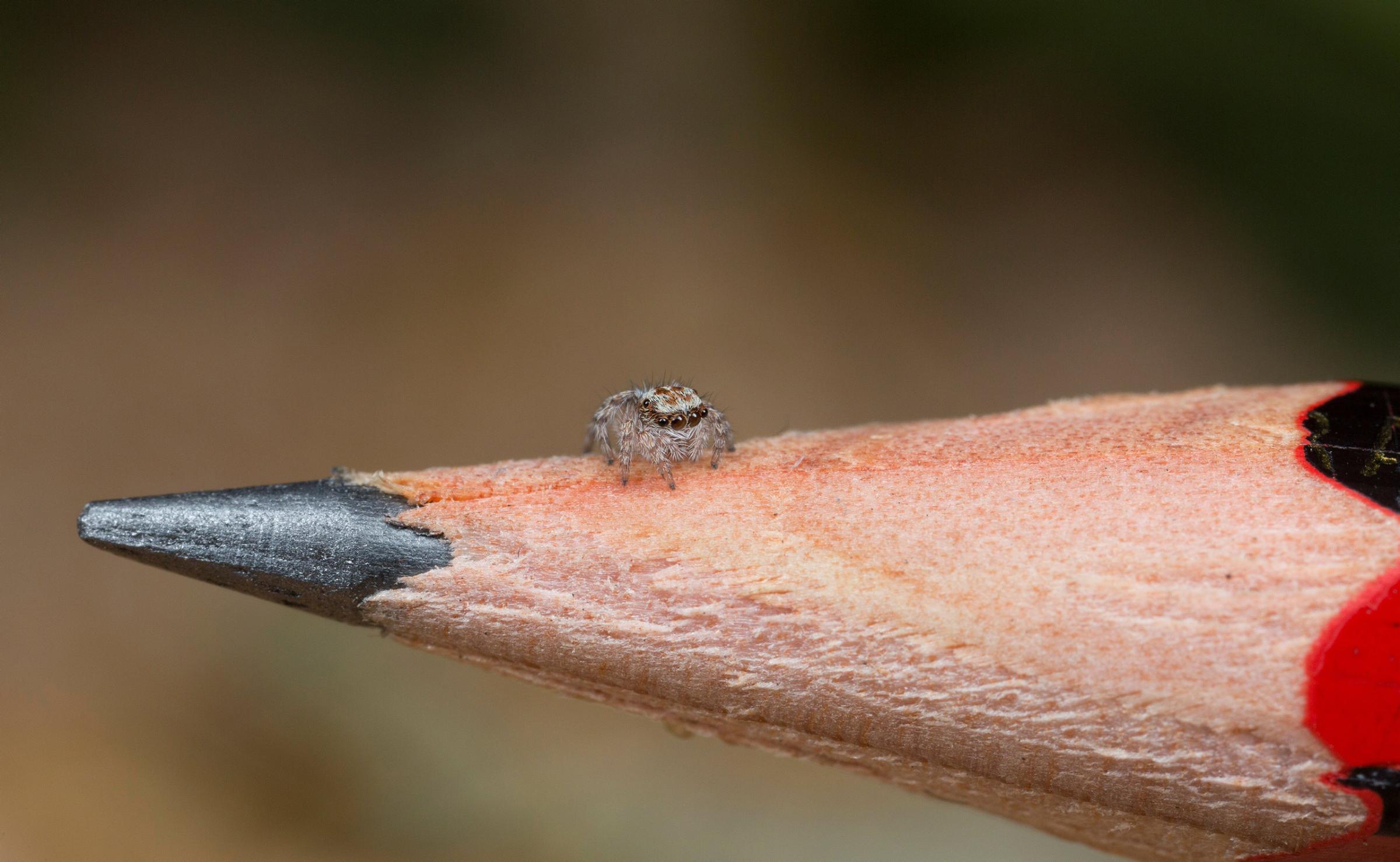
More Must-Reads from TIME
- How Donald Trump Won
- The Best Inventions of 2024
- Why Sleep Is the Key to Living Longer
- Robert Zemeckis Just Wants to Move You
- How to Break 8 Toxic Communication Habits
- Nicola Coughlan Bet on Herself—And Won
- Why Vinegar Is So Good for You
- Meet TIME's Newest Class of Next Generation Leaders
Contact us at letters@time.com